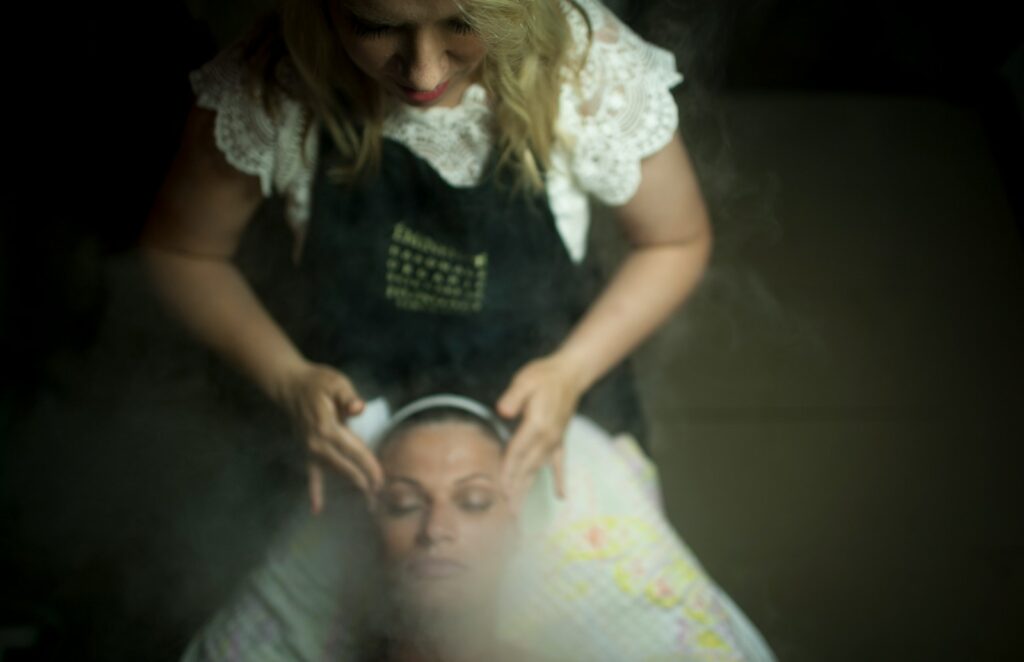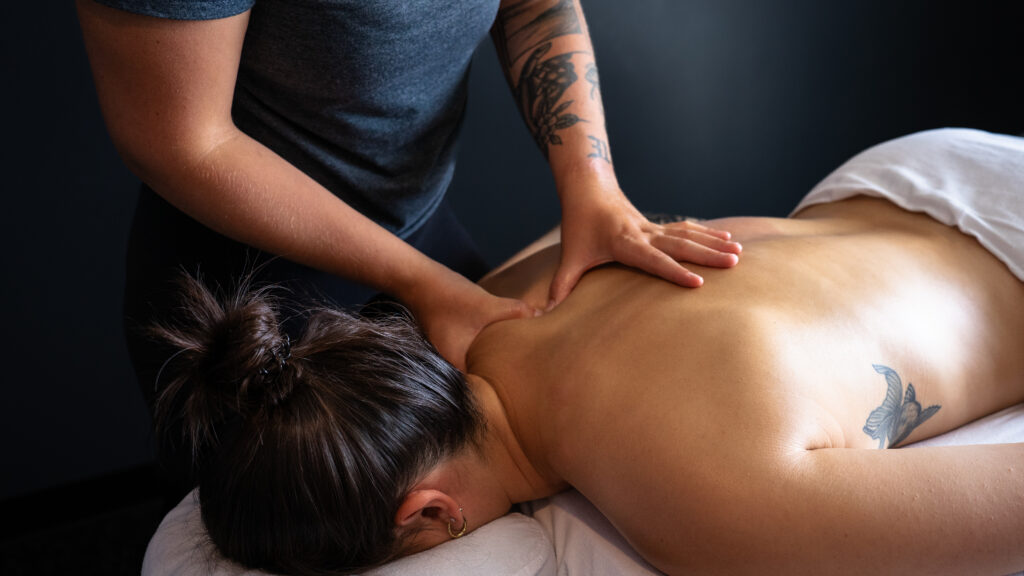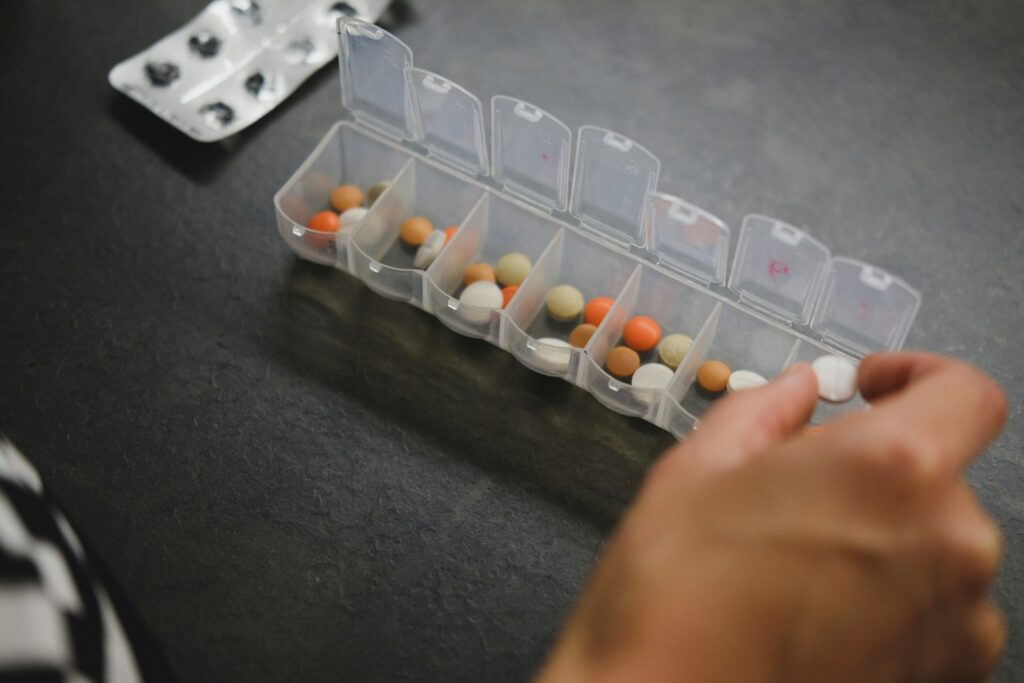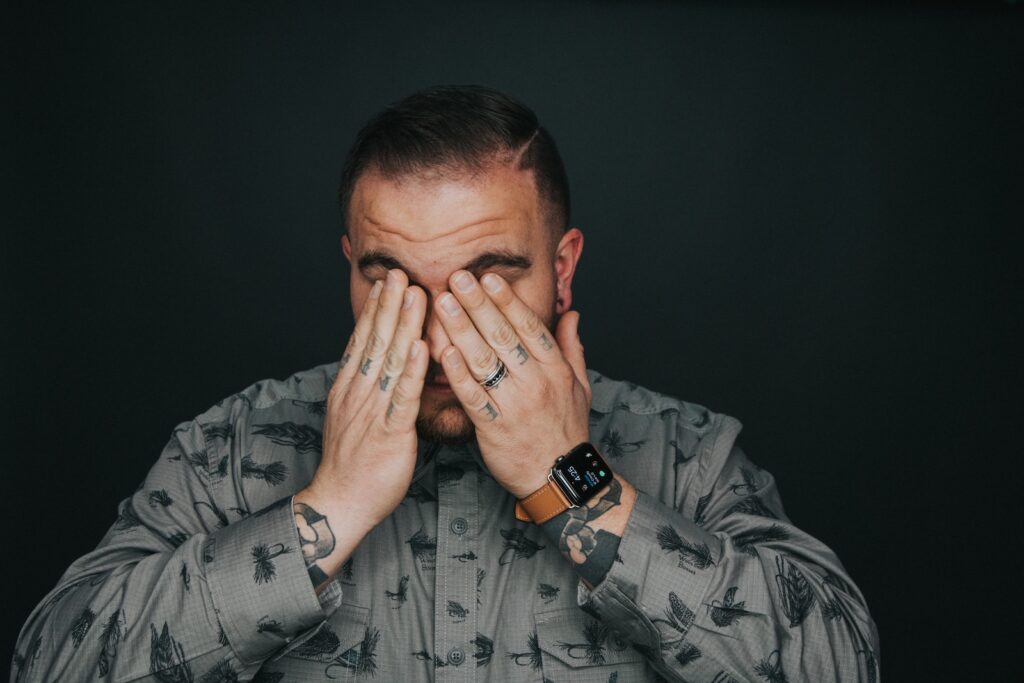Migraines Disrupting Your Active Lifestyle? Discover Reflexology
In the bustling communities of Edmonton and Sherwood Park, active individuals like you often juggle demanding schedules, rigorous workouts, and vibrant social lives. Yet, migraines can strike unexpectedly, sidelining your plans and diminishing your quality of life.
Statistics reveal that migraines affect approximately 1 in 7 people globally, with many seeking alternative therapies for relief. One such promising approach is reflexology for migraines, a natural technique targeting specific pressure points to alleviate headache symptoms.
What Is Reflexology and How Does It Help Migraines?

Reflexology is a holistic therapy based on the belief that specific points on the feet, hands, and ears correspond to organs and systems throughout the body. By applying gentle pressure to these points, reflexologists stimulate the body’s self-healing mechanisms and promote overall balance.
For migraine sufferers, migraine reflexology focuses on reflex points related to the head, neck, and nervous system. By releasing tension and improving blood flow, it aims to reduce the frequency and intensity of migraine attacks.
Key Reflexology Points That Target Migraine Pain
Understanding the right reflex points can make a big difference in managing symptoms. Here are some commonly used pressure points in reflexology for headaches:
- Big Toe Tip – Connected to the brain and head; pressure here may ease head tension.
- Base of the Toes – Linked to the neck and shoulders; useful for tension-induced migraines.
- Center of the Foot – Associated with the solar plexus; promotes deep relaxation and stress relief.
- Hegu (LI4) – Found between the thumb and index finger; commonly used to treat headaches.
- Tai Chong (LV3) – Between the big and second toe; supports emotional balance and circulation.

Benefits of Reflexology for Active Individuals in Edmonton and Sherwood Park
Adding reflexology into your wellness routine may offer several health benefits, particularly for those who lead active lifestyles:
- Non-invasive relief for migraine discomfort without medication.
- Stress reduction, helping you manage one of the most common migraine triggers.
- Improved sleep quality, essential for recovery and daily performance.
- Enhanced circulation, promoting better oxygen flow to the brain.
- Complements other therapies like therapeutic massage treatments and acupuncture for migraine support.
How to Incorporate Reflexology into Your Routine
1. Book Regular Sessions with a Certified Reflexologist
Seeing a professional ensures safe, effective treatment tailored to your body’s needs.
2. Try Basic Self-Help Techniques
Learn gentle massage techniques you can use on your feet or hands at home during early signs of a migraine.

3. Combine with Other Modalities
Pair reflexology with deep tissue massage therapy or manual osteopathy services for deeper pain and stress relief.
4. Stay Consistent
Regular sessions—especially during high-stress seasons—can help reduce migraine frequency and intensity.
Real-World Reflexology Strategies for Specific Migraine Locations
Reflexology points can be targeted depending on where your migraine is most intense:
- Temporal Migraines: Massage the inner edge of the big toe.
- Forehead or Side-of-Head Migraines: Stimulate Zu Ling Qi (GB-41) on the feet.
- Face-related Migraines: Press the areas just below the big toe (related to sinus and face).
Reflexology vs. Traditional Migraine Treatments

While reflexology isn’t a cure-all, it is a powerful complement to other proven treatments. Here’s how it compares:
| Treatment | Advantages | Considerations |
|---|---|---|
| Reflexology | Drug-free, holistic, non-invasive | Works best when used consistently |
| Medication | Quick relief, physician-prescribed | May cause side effects or dependency |
| Lifestyle Changes | Long-term migraine prevention | Requires habit tracking and dedication |
| Biofeedback & Acupuncture | Excellent complementary tools | Requires multiple sessions to see results |
Supporting Long-Term Wellness
If you’re in Sherwood Park or Edmonton and struggle with migraines, consider exploring reflexology as part of your wellness strategy. At Athlete’s Choice Massage in Sherwood Park, we offer integrative treatments that include reflexology, Thai foot massage, and more.





